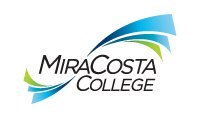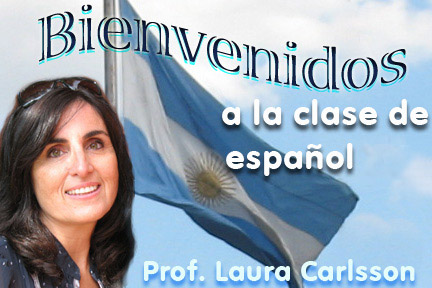Written Accent Marks (Taken from Prof. Cathy House's Web-Site)
Written accent marks are very important because they tell you how to pronounce words and what they mean. Written accent marks are part of correct spelling. There is a rule for every written accent mark. Once you know the rules, you can pronounce any word you see
I. Word stress rules:
A. If a word ends in an “n”, “s” or a vowel, the natural stress is on the second to the last syllable:
cla-se es-cue-la tra-ba-jo lla-man es-tos
B. If a word ends in any other consonant besides “n” or “s”, the natural stress is on the last syllable:
pro fe sor pa pel u ni ver si dad
C. If either of the above rules is broken, you need a written accent mark:
lá piz bo lí gra fo es pe cia li za ción án gel in glés
II. Written accent marks differentiate words with different meanings:
cómo= how |
como= like |
más= more |
mas= but |
mí= me |
mi= my |
tú= you |
tu= your |
él= he, it |
el= the |
sí= yes |
si= if |
All interrogative words have accent marks because they can also function as connecting words:
¿Qué (what) es eso? Es el libro que (that) tengo para la clase.
¿Quién es? Es el hombre con quien salgo.
III. Written accent marks are used to break up dipthongs, combinations of a weak, “u”, “i” and a strong vowel “a”, “e” “o”, normally one syllable:
dí a es quí o con ti nú o
IV. Accent marks are always placed over the strong vowel (a, e,o), except when they’re breaking up a dipthong:
cuál quién







